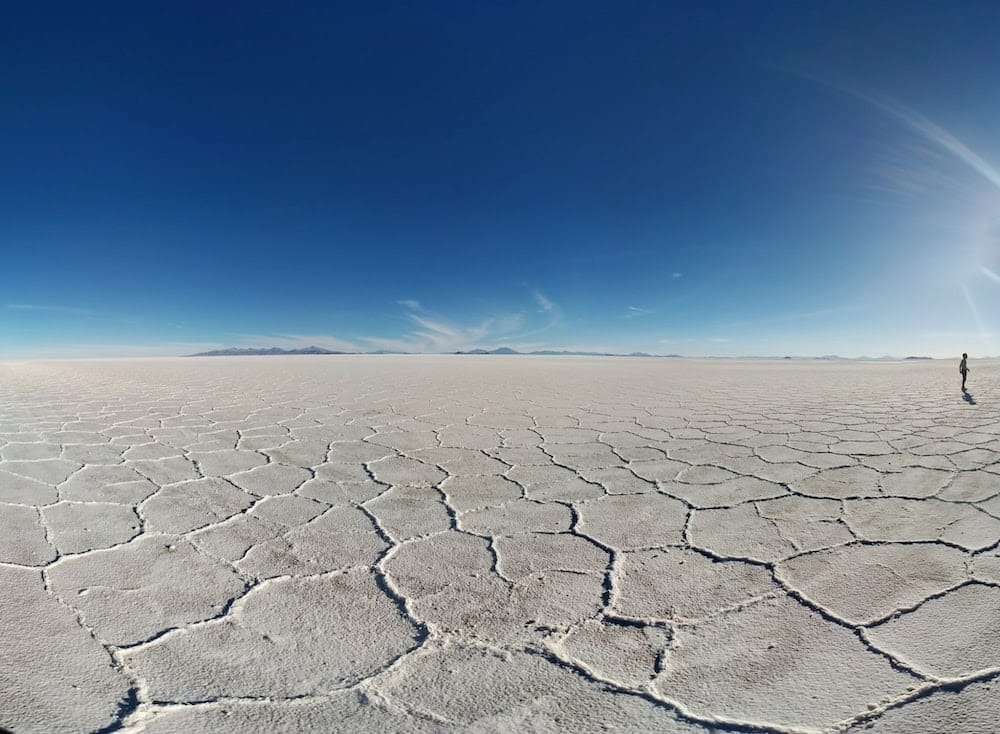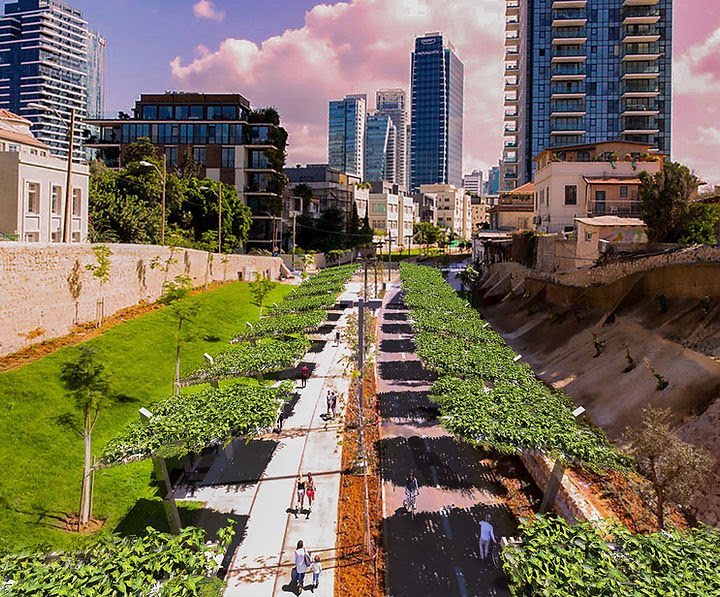
An increase in waste over the last five years was observed by 60% of them and 75% identified waste related to Covid-19, such as masks or hand sanitizer bottles. The study also analyzed visitor activity in mountain areas. It appears that tourists generate a significant amount of solid waste and wastewater that can pollute groundwater, rivers, lakes and soils. Some wastes, such as pharmaceuticals, batteries or hygiene products, may also contain hazardous chemicals.
The results of this study were published in 2021 by the FAO, the United Nations Food and Agriculture Organization and the WTO, and the World Trade Organization, entitled Sustainable Development of Mountain Tourism. According to the experts, mountain ecosystems are particularly fragile, waste poses a threat to wildlife, pollutes water and can affect the health of communities living downstream.
Most waste, including plastic waste, is moved by wind, melting glaciers, and rain and ends up in rivers and oceans.
This is particularly problematic because mountains and the water reserves they contain are the equivalents of water towers for the world’s population, providing fresh water to 1.9 billion people. UNEP mountain ecosystems expert Matthias Jurek says the Covid-19 crisis is an opportunity to rethink mountain tourism and its impacts on natural resources.
He explains that there is a need to promote more sustainable tourism in mountain regions in order to prevent, halt and reverse their degradation, as mountain tourism should be able to help mountain communities lead a more sustainable life. He said the right balance must be struck to ensure that the impact of mass mountain tourism is properly managed.
For experts, raising awareness of the consequences of mountain pollution is key to cleaning up the mountainsides. A practical guide entitled 10 steps to Being a mountain hero outlining how mountain visitors can reduce their environmental footprint has been published by the International Olympic Committee, in collaboration with UNEP and mountain sports federations.

Other campaigns, such as Beat Plastic Pollution, Clean Seas, Adopt a River or the youth movement Tide Turners Challenge, led by UNEP, aim to reduce plastic waste in the environment and raise awareness of the threat plastic poses to ecosystems. More and more legislation around the world is planning to ban single-use plastics, including bags.
While some local measures are working, global plastic pollution is expected to double by 2030, a development that experts say is particularly problematic for montane ecosystems. Matthias Jurek says the solutions lie in a ban on single-use plastics, a reduction in the consumption of plastic products, the financing and development of alternative products, recycling, and ultimately a circular economy in which everything is reused and recycled. At the same time, wilderness should be preserved in the mountains through the creation of protected areas along trails and the creation of shelters that take into account local practices and culture.
The chair of the International Union of Mountaineering Associations’ Mountain Protection Commission, Carolina Adler, believes that visiting mountain areas is a great way to experience and develop the sense of awe that these great landscapes can inspire. As stewards of the mountains, the mountaineering community must play its part in ensuring that not only do we leave no trace, but that we set an example and inspire the public to protect these environments for present and future generations.
The Kunming-Montreal Global Biodiversity Framework adopted in December 2022, which aims to halt and reverse the loss of nature, calls for urgent action to reduce pollution to levels that are not harmful to biodiversity, ecosystems and health. Matthias Jurek believes that pollution cannot be addressed in isolation and that stakeholders need incentives, and innovative and imaginative solutions to better manage mountain waste.
In 2019, Nirmal Purja had taken the famous photo of a traffic jam at the top of Mount Everest and faced with the volume of waste there, he created the Big Mountain Cleanup. His team has started to remove the waste on Manaslu, then it will tackle Everest, K2 and Ama Dablam. Nirmal Purja wants to raise awareness of the damage that unsustainable tourism causes to mountain peaks. He estimates that an average climber leaves behind eight kilos of waste, including tents, oxygen tanks, ropes and other waste.




